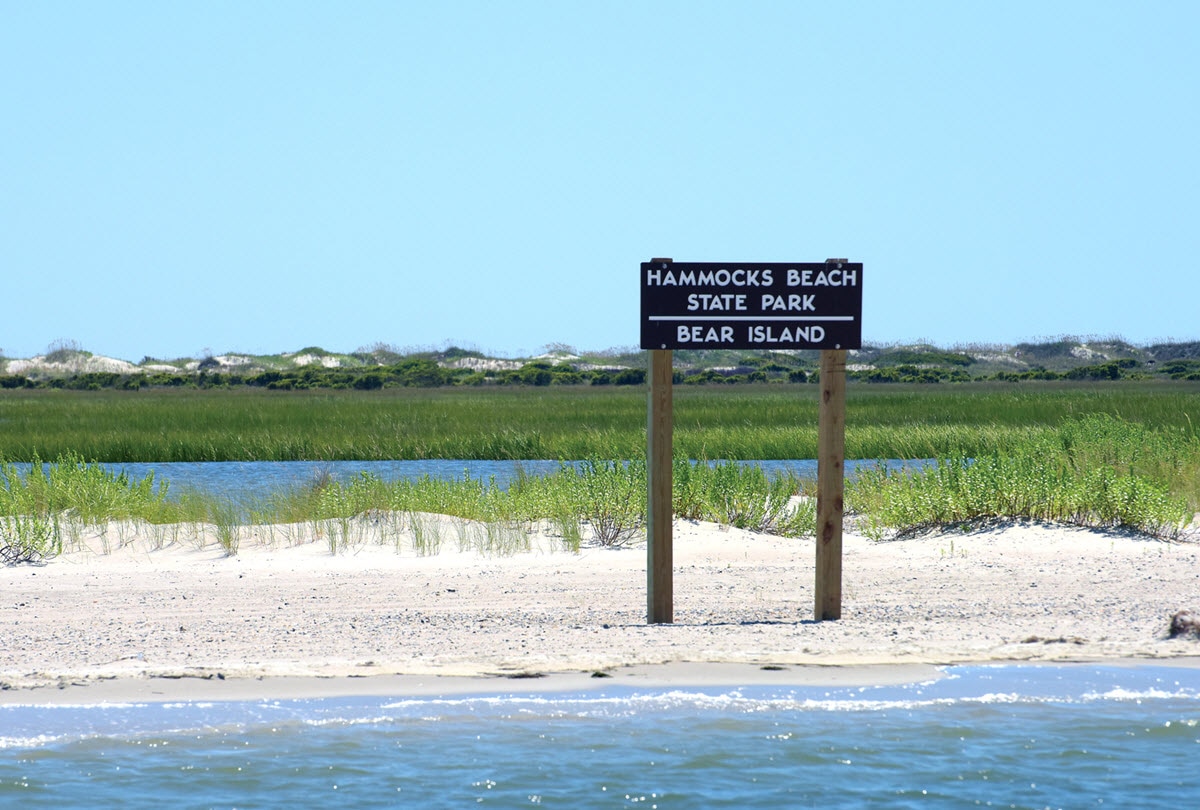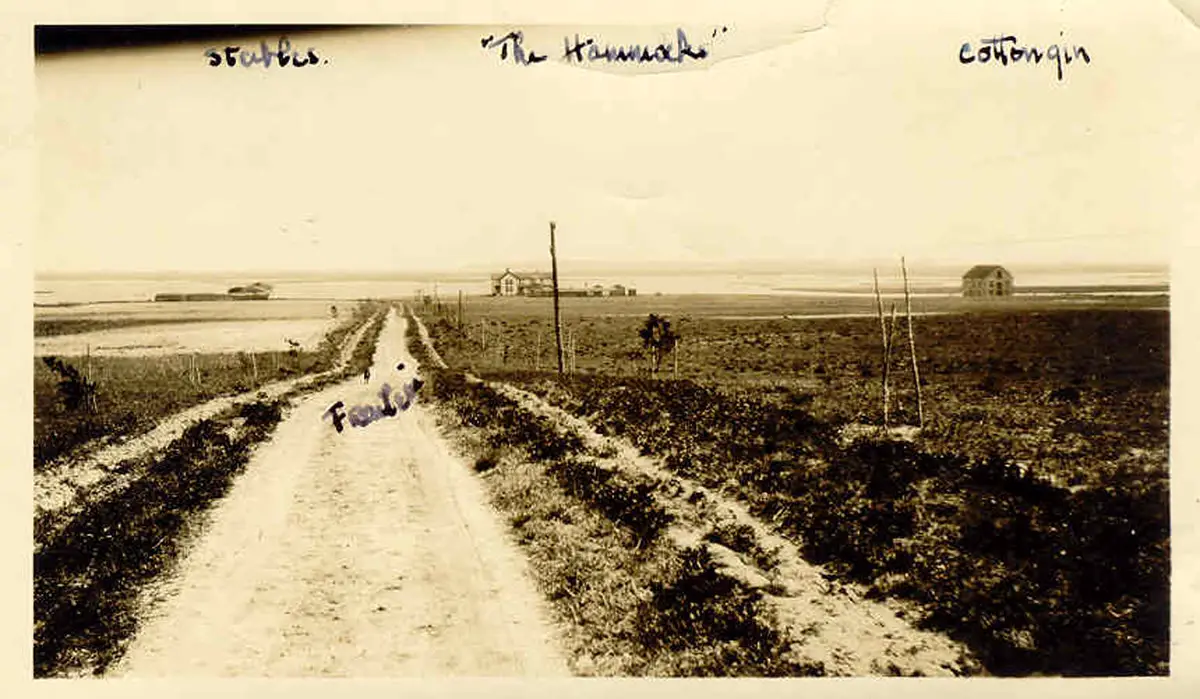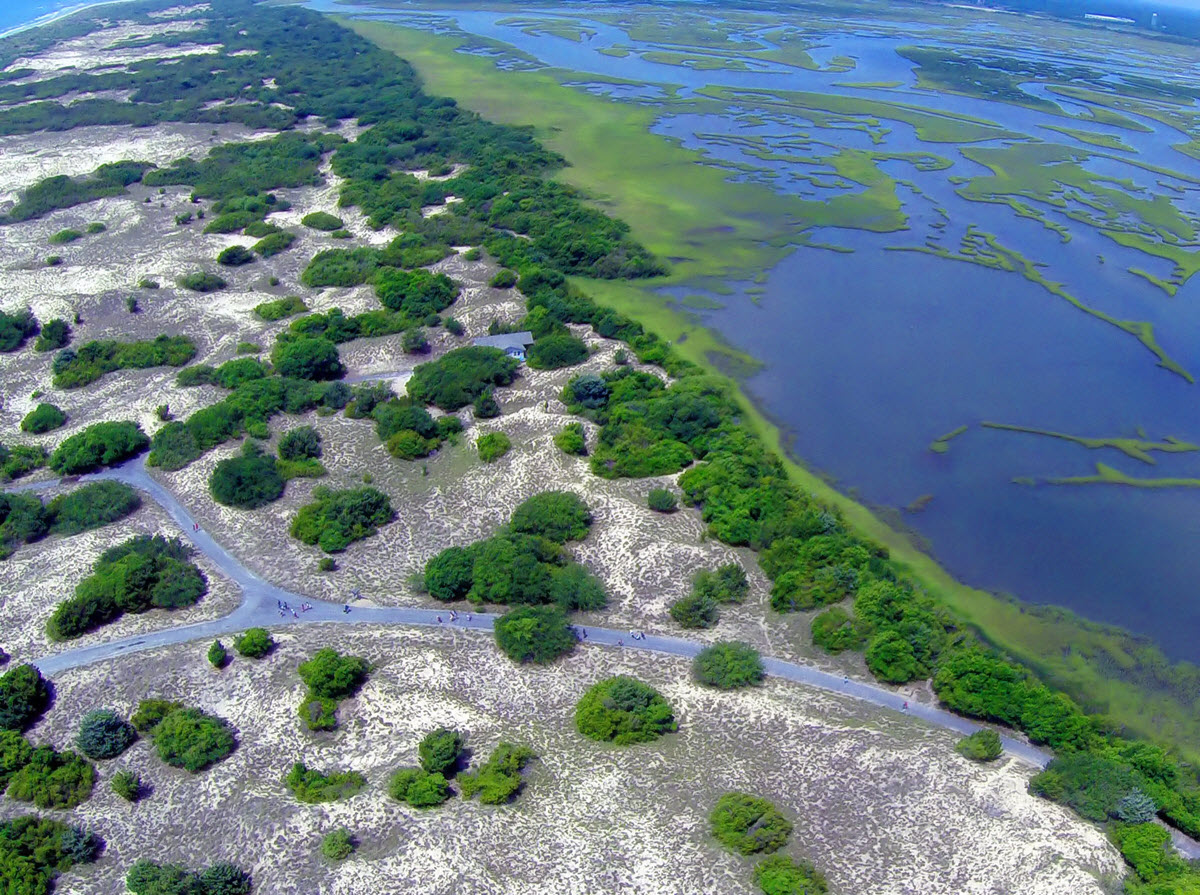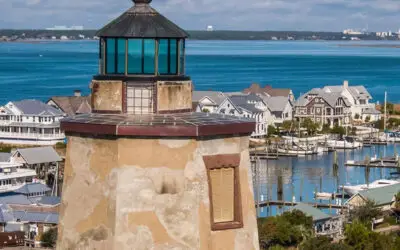Emerging from the Atlantic Ocean southeast of Emerald Isle and Ocracoke, NC, a stunning 4-mile stretch of beach and a history-battered island exemplify the beauty and bloodshed for which North Carolina’s coast is known.
Hammocks Beach State Park and Bear Island, NC, are heralded as a cultural and natural resource of the North Carolina coast. Outdoor adventurers kayak to Bear Island, fish the crystal blue waters, and rest under the stars in the State Park’s primitive camping areas.
But this protected area wasn’t always a place to find peace and fun in the sun, as Bear Island holds the secrets to a long history of troubled waters.
Hammocks Beach State Park and Bear Island NC history
To best understand the history of Hammocks Beach and Bear Island, you must first understand its geography. Hammocks Beach is one of the closest coastal state parks to Swansboro and Jacksonville, NC, making it a popular tourist destination.
The main attraction of the park is Bear Island, a barrier island that was bare upon discovery by the Europeans. Don’t worry: there are no bears here.
Aside from primitive campsites and a small picnic area sandwiched between large dunes and the ebbing ocean, Bear Island is undeveloped. In fact, it’s only accessible by the park’s Bear Island ferry service, kayak, paddle board, canoe or private boat.
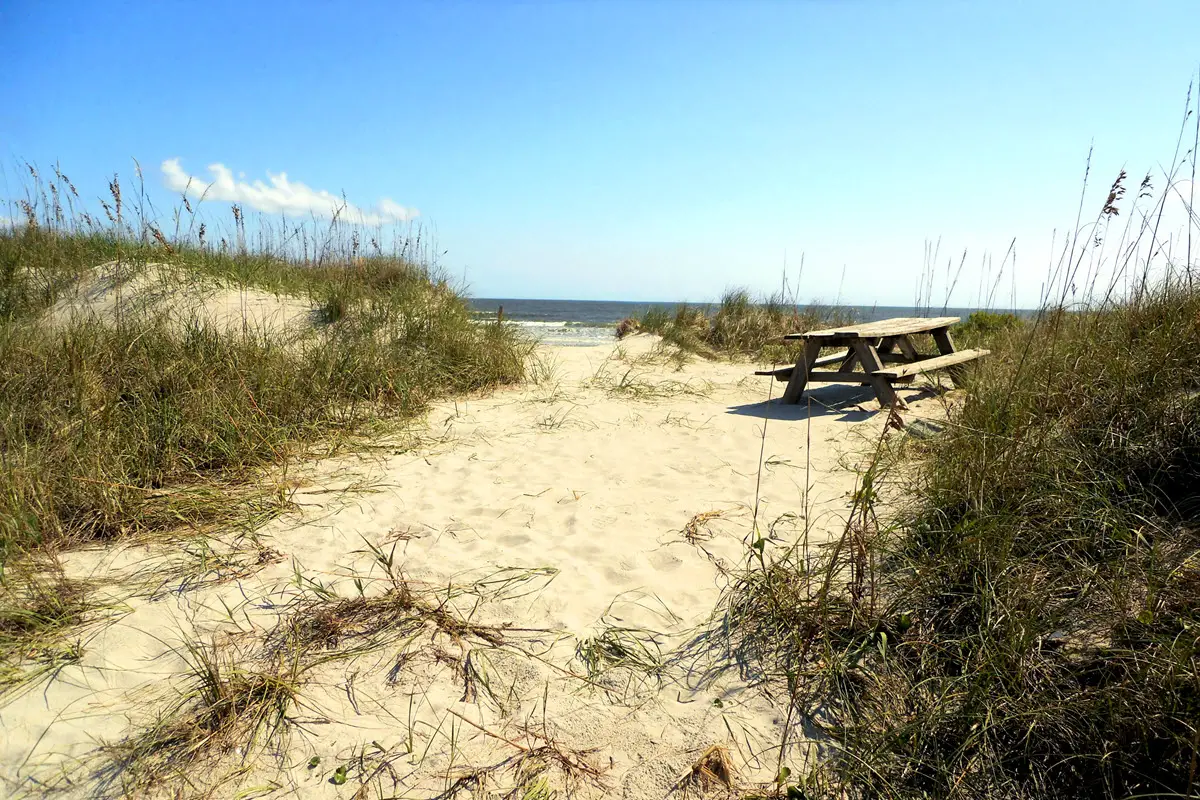
Primitive overnight camping is available on Bear Island at Hammocks Beach State Park, near Jacksonville, NC.
Natural history
Around 2000 BCE, ocean levels dropped nearly 100 feet, giving way to the 4-mile stretch of land now known as Bear Island. Sand dunes continued to grow and change as a forest emerged and a saltwater marsh established itself.
Prehistory
Native Americans likely visited the island to fish and hunt. Traveling in dug out canoes, the indigenous people could reach Bear Island but couldn’t inhabit or develop the land.
Archaeologists have found jasper arrowheads and pottery shards left by the Neusiok and Coree Indians. But with changing coastal tides and a lack of fresh water, the island remained pristine until European discovery.
European discovery and pirates
In the 16th century, the British discovered the North Carolina coast, including Bear Island. Forcing the native tribes to flee north, the British dubbed the isle Bare Island.
Locals believe that Blackbeard used the island as a hideaway. Aided by Tobias Knight, a British government official who came into possession of the island, Blackbeard may have used the island to exchange stolen goods.
In the mid 18th century, Spanish privateers began attacking English merchant ships. This era, known as the Spanish Alarm, saw the first structure ever built on Bear Island: a British fort. Today, no one knows where the fort was located.
The island continued to change hands until it became a site of interest among naval strategists during the Civil War.
The Civil War
The North Carolina coast with its long islands and inlets served as supply lines for the Confederate Army, as well as hideaways for privateers attacking Union ships. The area’s geography combined with Confederate strategy was so effective that the Union was forced to attack Cape Hatteras.
Meanwhile, the Confederates continued to build earthen fortifications along nearby islands, such as Huggins Island. Swansboro too was the site of new batteries as it is located at the mouth of the White Oak River.
World War II
The island, not far from the military base in Jacksonville, NC, was used to practice amphibious landings and watch for German submarines during World War II.
Civil Rights Era
In 1920, Bear Island and the 4,600 acre mainland known as the Hammocks were purchased by Dr. William Sharpe, a wealthy neurosurgeon from New York. Used for recreation, Dr. Sharpe hired a guide named John Hurst to help him hunt and fish the local fauna.
Eventually, Dr. Sharpe hired John and his wife Gertrude Hurst as caretakers, causing resistance among the locals. They felt that a white man should upkeep the land. John and Gertrude Hurst were black.
Dr. Sharpe was uninterested in threats. He quickly announced a $5,000 reward for the arrest and conviction of anyone damaging the Hammocks or injuring the caretakers. There were no reports of unrest thereafter.
When he died, Dr. Sharpe intended to leave his land to John and Gertrude, but the Hursts had a different idea. At their behest, Dr. Sharpe donated the land to the North Carolina Teachers Association to turn it into a beach for African Americans.
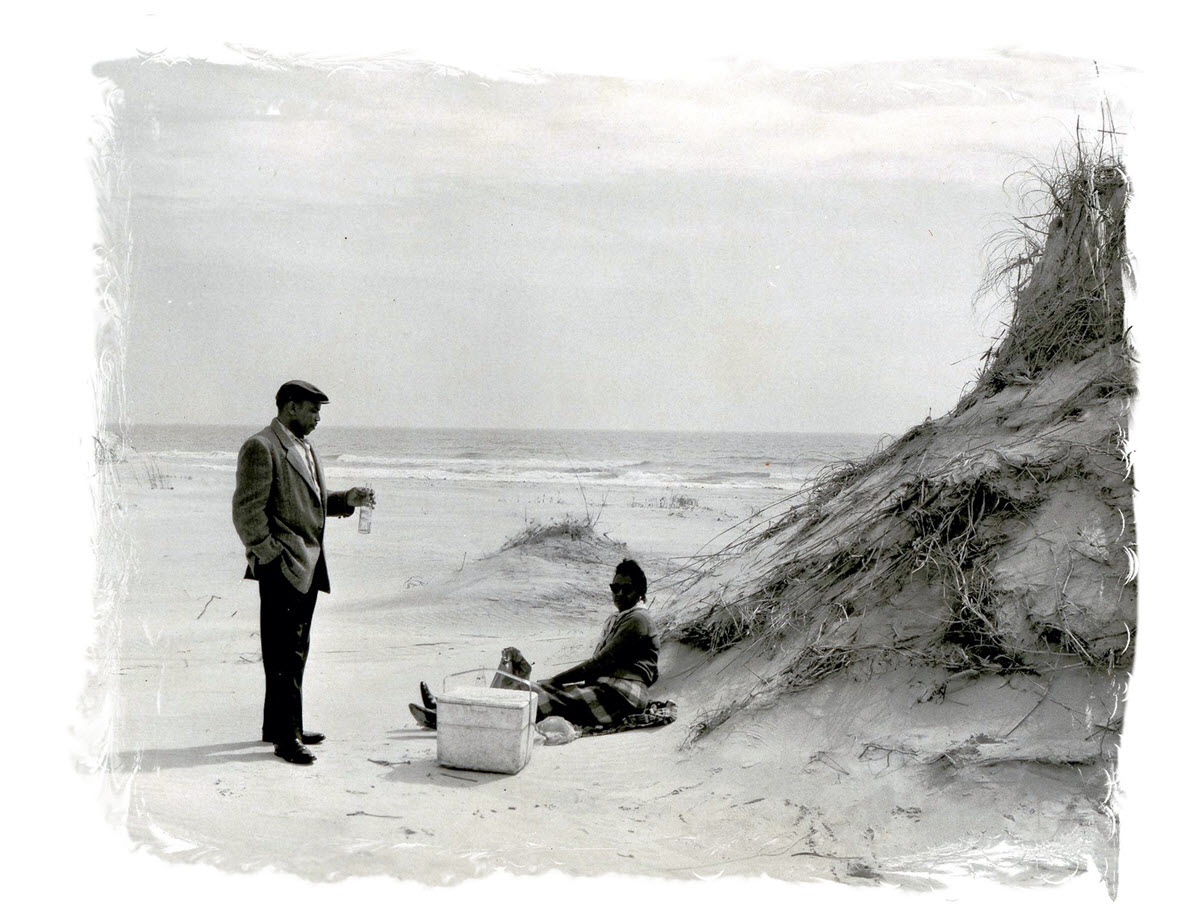
Dr. Sharpe donated The Hammocks to the North Carolina Teachers Association to turn it into a beach for African Americans in the segregation era.
Unfortunately, the Association was unable to maintain the land. The Association negotiated with the State of North Carolina to turn it into a blacks-only state park, which they did in 1961. In 1964, the Civil Right Act ended segregation in public places and Hammocks Beach State Park and Bear Island officially opened for all to enjoy.
Today
Hammocks Beach State Park and Bear Island are now protected lands and are open to the public.
The waterways and islands are home to a variety of animals, such as deer, grey foxes, ghost crabs, pelicans, snakes, sand sharks, porpoises, manowars and loggerhead sea turtles.
Visit Hammocks Beach State Park and Bear Island
There are plenty of activities to keep all ages occupied at this state park. Start your day trip at the Hammocks Beach State Park visitor center, which includes interpretive displays about the area's history and ecology. You can hike at the mainland park, but most adventurers take the ferry to Bear Island. Follow this Carolina Traveler link to learn more about things to do at Hammocks Beach State Park and Bear Island.

